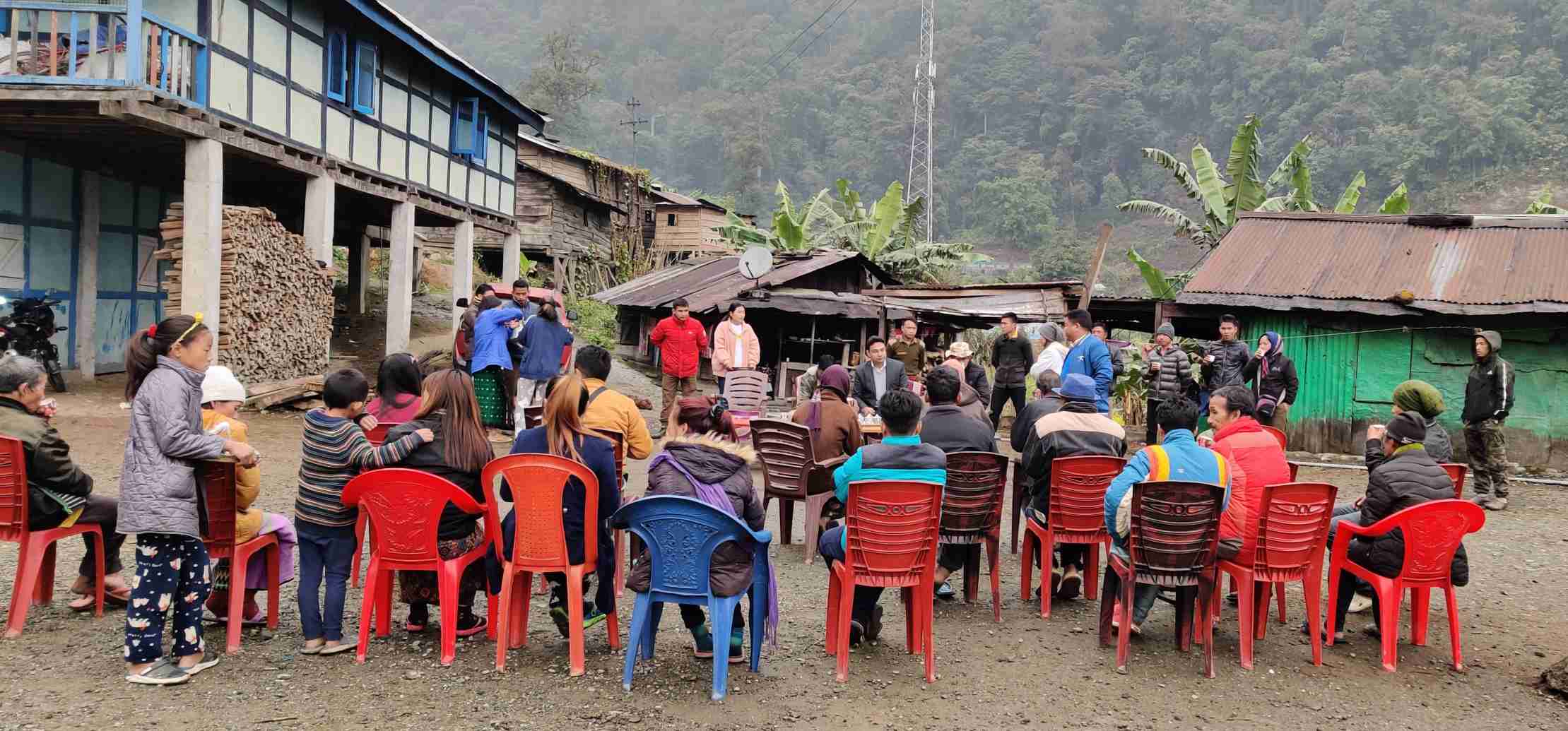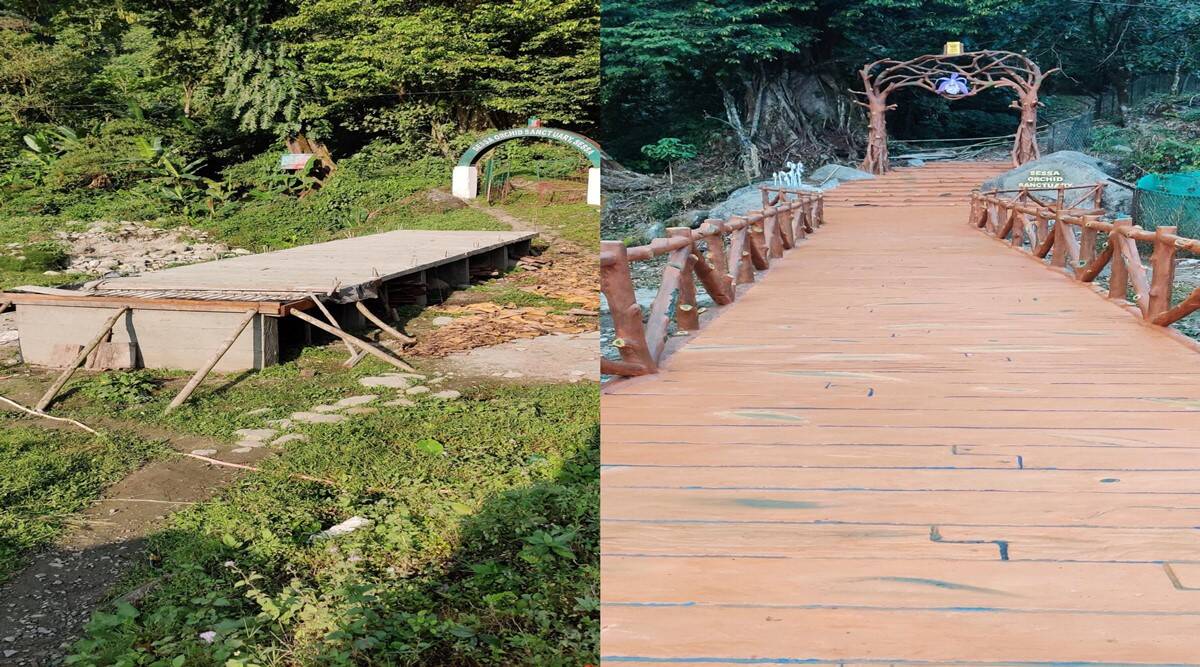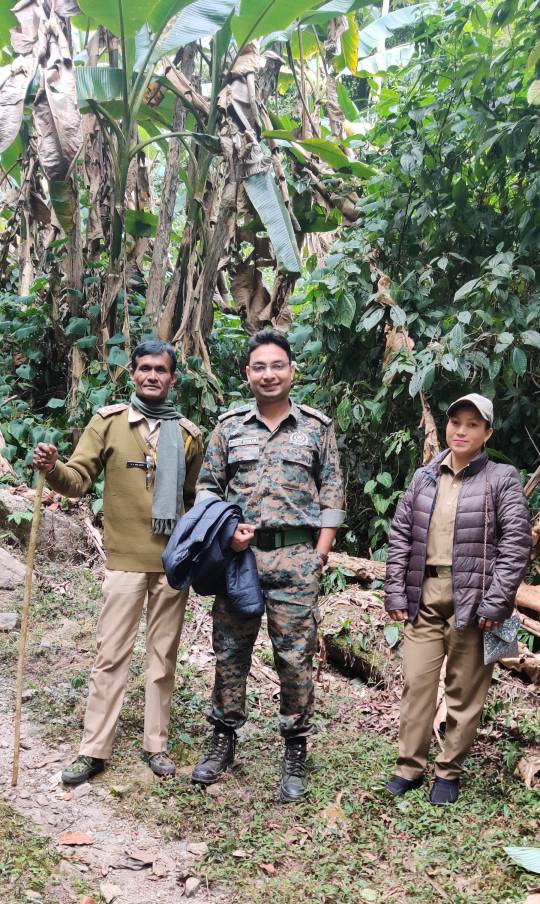Indian Forest Service (IFS) officer Ankit Kumar of the 2019 batch—who is currently posted at Bhalukpong and in charge of the Tippi Range of Khellong Forest Division, Arunachal Pradesh—along with his team has been instrumental in giving Sessa Orchid Sanctuary a new lease on life.
Notified in November 1989 under the Wildlife (Protection) Act, 1972, the sanctuary, often referred to as a ‘Paradise of Blooming Flowers’, is home to more than 236 species of orchids, as well as a wealthy diversity of mushrooms and other medicinal plants.
Speaking to The Better India, Ankit says, “The orchid sanctuary was inaugurated way back in 1981 but with no real infrastructure upgradation, there has been no ecotourism that was developed in the area. While there was a trekking point, there was no conservation trail and that made this area not very attractive to tourists.” One of the things Ankit wanted to do after taking charge of the area was to put this sanctuary on every tourists’ list.
In November 2020, a Gram Panchayat meeting was held and Ankit mentions how the general consensus of everyone involved was taken into consideration while drawing up a revival plan.

He says, “While year after year, tourists in large numbers would make their way to the monastery town of Tawang, they would drive past the decrepit entrance of the Sessa Orchid Sanctuary but only few would make the stop and visit it.”
Spread over 100 sq kms, this Sactuary houses almost 236 documented orchids, of the over 1,256 orchids found in the country. “The development of the sanctuary was planned in three phases; one to beautify the entrance and facade, to develop the 1 km conservation trail, and an 8-km trekking stretch which ends at a waterfall,” he says. What’s amazing is so far only a very small portion of the sanctuary has been explored and there are also some trees in which multiple species of orchids grow naturally, says Ankit.
A community initiative

With the support of the local community, the team led by Gram Panchayat member, Tsering Meiji, and officers like Divisional Forest Officer of Khellong District, V K Jawal, identified some key areas of the Sessa Orchid Sanctuary and planned a renewal mission. The identified areas got a facelift, over the span of 21 days. The pictures below are a testament to the change that has been achieved.
Speaking about how they managed this feat in such a short span of time, Ankit says, “We decided to get down to it, get our hands dirty, and actually do the ground work.”
“There was nothing that was out of bounds — whether it was to move big stones or clean up and dig up, the community was ready to pitch in at every step.”

What also helped is that the community understood how much this sanctuary would boost their local economy and tourism, says Ankit. Every small detail has been thought through, and Ankit says, “The local community was very mindful of how resources should be used, not to add any unnecessary waste to the project, and to work along with the team helped in completing the project in 21 days.”
In addition, one of the biggest changes brought about by the development of this sanctuary is that the local tribal community have assured the authorities of staying away from indulging in any act that could lead to deforestation, soil erosion, overgrazing, or indulging in any illegal trade.
Growing hybrid orchids

Did you know that the cultivation and harvesting of orchids is prohibited under the Wildlife Protection Act, 1972? Therefore, only hybrid varieties of orchids can be cultivated and harvested. “Keeping this law in mind, hybrid varieties of orchids are being developed in our laboratory in Tippi, adjacent to Sessa Orchid Sanctuary.”
Ankit says that at every few steps forest officials have been stationed to ensure that no one plucks the orchids. “What’s incredible is how the community has come together for this. We are now getting ideas and suggestions for the sanctuary from them. Photography points to organising cultural programmes. These are some of the initiatives we are launching,” he adds.
Do note that if you plan to visit this scenic sanctuary, it is advisable to plan your trips between the months of October to May. Everyone, specifically those who are keen on nature photography and flora enthusiasts, should visit the sanctuary. One can spend upto 5 hours walking around the sanctuary, so do account for this time when you plan your visit.
(Edited by Yoshita Rao)
No comments:
Post a Comment